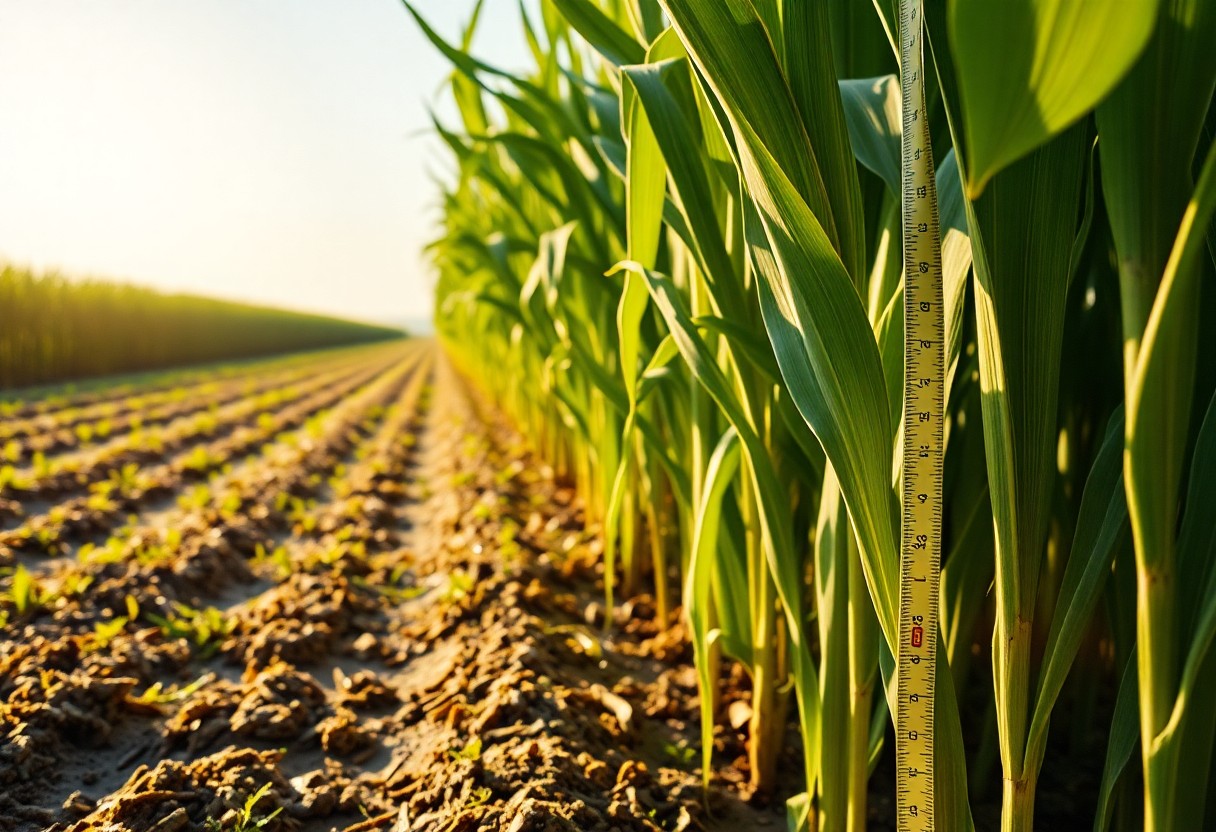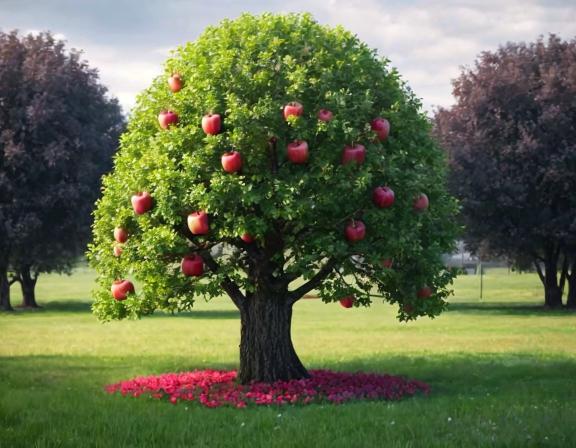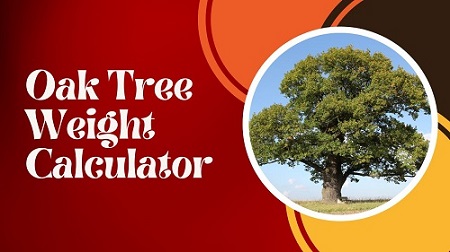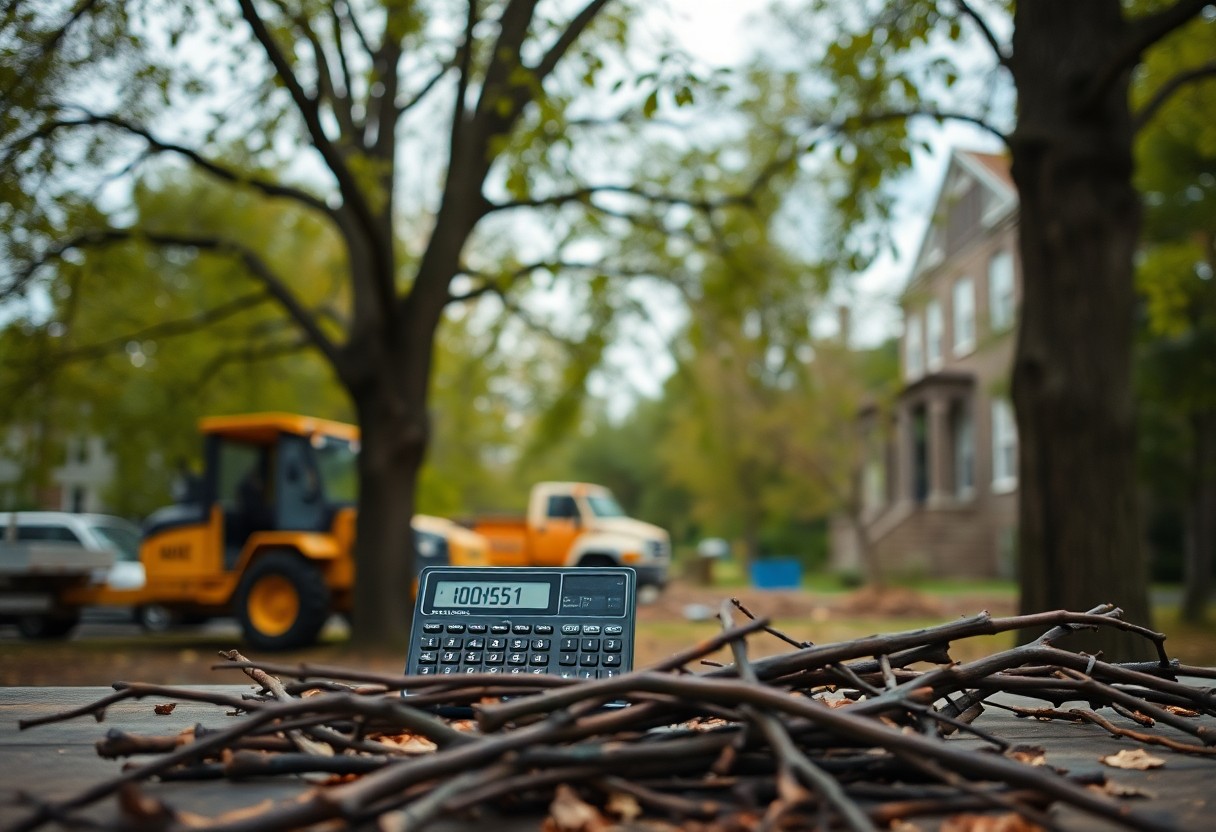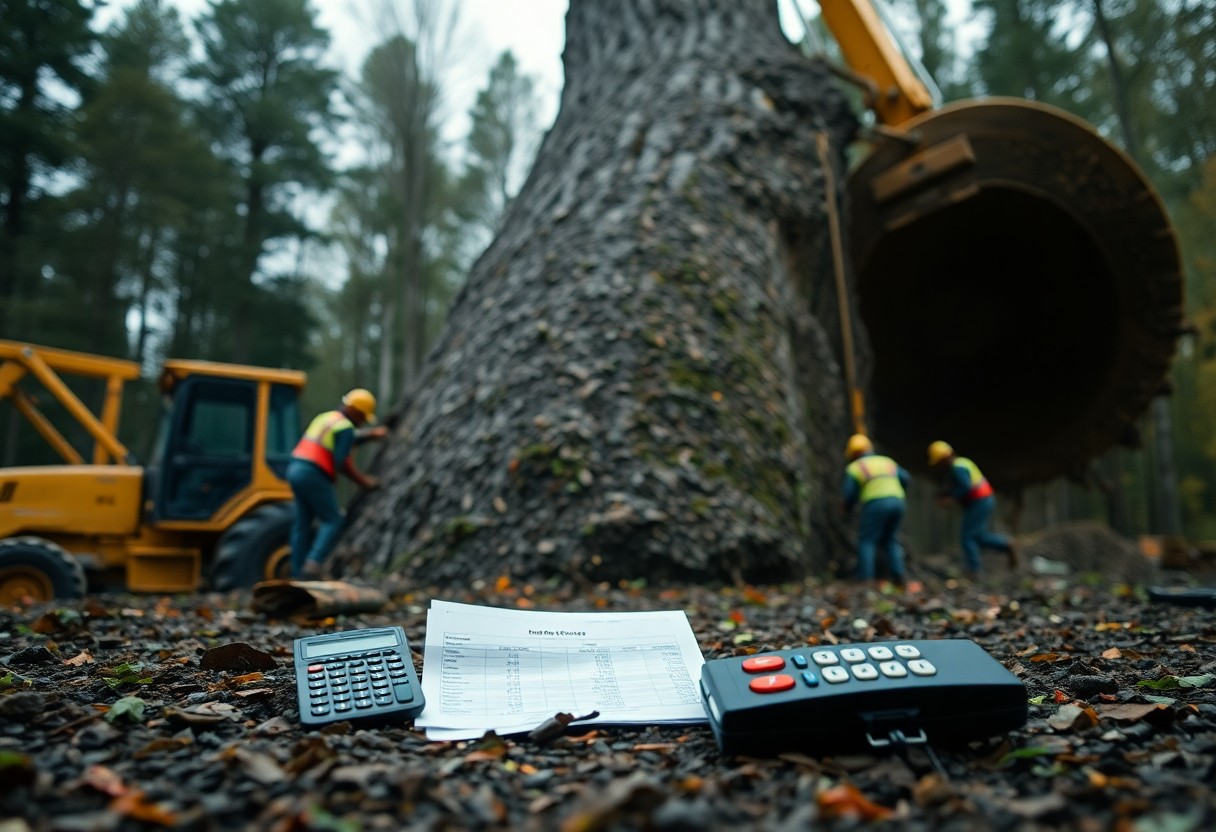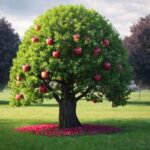Just as he plans for any successful orchard, the spacing of pecan trees is crucial for optimal growth and productivity.
Understanding the proper distance between trees allows growers to maximize yields, promote healthy growth, and ensure good air circulation and sunlight exposure.
They should consider factors such as tree size, soil conditions, and climate to make informed planting decisions. This guide will help she navigate the important spacing requirements for pecan trees, making their orchard thrive for years to come.
Pecan Tree Spacing Calculator
Pecan Tree Spacing Calculator
Your understanding of pecan tree physiology is vital for successful cultivation.
The physical characteristics and growth habits of this magnificent tree greatly influence orchard management practices, including proper spacing, nutrient allocation, and overall health.
Tree Structure and Growth Patterns
Pecan trees exhibit an impressive structure characterized by a robust trunk and extensive canopy, capable of reaching heights up to 100 feet and spreading over 75 feet wide.
Their growth patterns are largely determined by environmental conditions, thereby influencing spacing and arrangement within an orchard.
Nutrient and Water Requirements
An adequate supply of nutrients and water is crucial for the healthy development of pecan trees. They rely on deep, fertile soil to sustain their vast root systems, which can extend 60-80 feet, to absorb the necessary resources.
Physiology plays a significant role in determining how pecan trees utilize water and nutrients. Adequate moisture ensures that trees can photosynthesize efficiently, while sufficient nutrients, including nitrogen, phosphorus, and potassium, are vital for robust growth and high nut yields. Proper irrigation and soil management practices are vital for optimal pecan tree performance and longevity.
Lifespan and Maturity Rates
Rates of pecan tree growth and maturation can vary significantly based on environmental factors, but trees generally begin producing nuts as early as 4-6 years of age. They can live for several decades, with some reaching productive life spans of over 100 years.
With proper care, pecan trees can exhibit impressive longevity and productivity. The tree’s maturity rates are influenced by spacing, sunlight exposure, and soil quality, which collectively affect the overall health and nut production levels throughout their lifespan. Understanding these factors enables growers to maximize long-term yields and maintain a thriving orchard.
The Role of Spacing in Tree Health
While determining the optimal spacing for pecan trees is crucial, understanding its influence on tree health is equally important. Appropriate spacing can significantly affect not only the growth and yield of the trees but also their overall health over time.
Sunlight Access
One of the crucial factors in maintaining a tree’s health is its access to sunlight. Proper spacing allows each pecan tree to receive adequate sunlight, which is necessary for photosynthesis, energy production, and ultimately, nut development.
Root Competition
The spacing between pecan trees also plays a significant role in reducing root competition. Trees that are strategically spaced out can establish their root systems effectively, minimizing competition for nutrients and water from the soil.
Plus, pecan trees typically have expansive root systems, which can spread 60-80 feet in diameter. When trees are overcrowded, they may struggle to secure the necessary resources, leading to stunted growth and reduced nut production. Implementing sufficient spacing helps trees thrive by allowing them to tap into abundant soil resources, promoting healthier overall conditions.
Airflow and Disease Prevention
Airflow around pecan trees is another vital consideration that impacts their health. Adequate spacing facilitates good air circulation among the trees, minimizing humidity levels and the risk of disease development.
Understanding the importance of airflow and its connection to disease prevention enables growers to maintain a robust pecan orchard. Improved airflow helps keep foliage dry and reduces the likelihood of fungal infections and pests, ensuring that the trees remain healthy and productive throughout their life cycle.
Recommended Spacing Guidelines
Now, understanding the recommended spacing guidelines for pecan trees is critical for their success, whether in commercial orchards or home gardens. Proper spacing ensures that these magnificent trees receive adequate sunlight, air circulation, and nutrients crucial for their growth and productivity.
Standard Spacing for Commercial Orchards
Any commercial grower should consider spacing pecan trees 40 to 60 feet apart. This distance allows ample room for the trees to reach their full potential while preventing overcrowding, which can hinder both growth and nut production.
Spacing for Home Gardens
Orchards in urban settings or home gardens require a different approach, with spacing generally recommended at 25 to 35 feet apart. This closer arrangement accommodates smaller plots while still ensuring healthy growth and fruiting capabilities.
It is vital for homeowners to account for the tree’s size at maturity. Given that pecan trees can grow up to 100 feet tall and 75 feet wide, she should ensure that they are not planted too close to structures or other plants. By providing an adequate buffer zone around the trees, they can enjoy aesthetic beauty and productive yields without compromising space.
Adjusting Spacing for Different Varieties
The spacing between pecan trees can also be adjusted based on the specific variety chosen. Some varieties may require more or less space due to their growth habits and size potential.
Recommended spacing adjustments can vary, with smaller varieties possibly needing as little as 30 feet apart, whereas larger, more expansive tree types may necessitate the full 40 to 60 feet recommended for commercial orchards.
Growers should assess their selected pecan variety to determine the most effective spacing for optimal growth and nut production.
Factors Affecting Pecan Tree Spacing
Many factors influence the optimal spacing for pecan trees in an orchard. Understanding these factors is crucial for ensuring that the trees thrive and produce high-quality nuts. Key considerations include:
- Soil type and quality
- Climatic conditions and environmental factors
- Irrigation and drainage considerations
- Pollination requirements
Knowing how these variables interact can lead to a more productive pecan orchard.
Soil Type and Quality
Quality soil is imperative for the growth of pecan trees. Ideal soil should be deep, fertile, and well-drained to accommodate the expansive root systems that pecan trees develop.
Poor-quality soil may necessitate greater spacing between trees to minimize competition for water and nutrients.
Climatic Conditions and Environmental Factors
Soil plays a significant role in shaping the spacing of pecan trees, as climatic conditions directly affect their growth. Factors to consider include:
- Temperature variations
- Rainfall patterns
- Sunlight availability
- Humidity levels
Thou should ensure that spacing accommodates the climatic challenges unique to their region for optimal growth.
Irrigation and Drainage Considerations
Tree health greatly depends on proper irrigation and drainage systems in the orchard. Pecan trees require consistent moisture, but they are also susceptible to root rot in waterlogged conditions.
Pecan growers must design irrigation systems that maintain balanced moisture levels while providing adequate drainage for their trees. Proper management will support healthy growth, leading to better yields and more sustainable orchards.
Designing an Orchard Layout
Despite the challenges of effective orchard management, creating a well-structured layout is important for maximizing the health and productivity of pecan trees.
An optimal design not only supports proper growth but also enhances accessibility for maintenance and harvesting. Careful consideration of factors such as row orientation, planting patterns, and integration of pathways can significantly impact the overall efficiency of the orchard.
Row Orientation
One important factor in orchard design is row orientation. Aligning rows in a north-south direction allows for even sunlight exposure on both sides of the trees. This orientation promotes robust photosynthesis and reduces the risk of shading, which can hinder tree growth and fruit production.
Pattern Selection (Square, Rectangular, etc.)
Orchard layout is also influenced by the choice of planting pattern, whether square, rectangular, or hexagonal. Each pattern has its benefits; for example, a hexagonal layout optimizes space usage and allows for better air circulation between trees, while a rectangular pattern may simplify management practices.
It is crucial for growers to select a pattern that accommodates the mature size of pecan trees, which can reach up to 75 feet wide. This consideration ensures that each tree has sufficient space and access to sunlight, ultimately enhancing nut production and tree health.
Integration of Pathways
One final aspect to consider is the integration of pathways within the orchard layout. Well-planned pathways facilitate access for maintenance tasks, such as pruning and harvesting, while also providing necessary space for equipment maneuvering.
Plus, incorporating pathways strategically can enhance airflow and sunlight penetration, further promoting healthy growth. Properly designed pathways also help maintain organized rows, making the orchard more manageable and efficient, ultimately supporting the long-term sustainability of the pecan grove.
Pollination Requirements and Spacing
To ensure a fruitful pecan harvest, understanding pollination requirements and proper spacing is crucial. Pecan trees benefit from cross-pollination, which enhances nut production and overall tree health.
The right distance between trees is crucial for effective pollination, as it allows wind to carry pollen between them.
Types of Pollinators for Pecan Trees
To assist with cross-pollination, pecan trees rely on specific pollinators. These include:
- Wind
- Insects, such as bees
- Other pecan tree varieties
- Humans through manual pollination efforts
- Genetic factors influencing flower timing
Any of these methods can help achieve a healthy yield.
| Factor | Importance |
|---|---|
| Cross-Pollination | Enhances nut production |
| Flower Timing | Ensures simultaneous blooming |
| Tree Density | Affects pollen dispersal |
| Distance | Facilitates wind-pollination |
| Varietal Diversity | Improves overall yield |
Recommended Distances for Cross-Pollination
An optimal distance is necessary for effective cross-pollination among pecan trees. They should ideally be planted no more than 60 feet apart to allow the wind to carry pollen efficiently from one tree to another.
Requirements for achieving a successful pecan harvest include multiple tree varieties and strategic spacing to facilitate pollen transfer.
For the best results, growers are encouraged to combine early- and late-blooming pecan varieties, contributing to a prolonged blooming period, which increases the likelihood of effective pollination.
Impact of Spacing on Pollination Success
Cross-pollination plays a pivotal role in improving nut yields for pecan trees. She ensures that trees spaced appropriately can exchange pollen more effectively, leading to healthier and more abundant crops.
Pollination success is not just about distance but also involves the timing of flower blooms. If pecan trees are too far apart or not blooming in synchrony, the chances of successful pollination decrease significantly, potentially resulting in lower nut production.
Therefore, they must plan spacing and variety selection carefully to maximize their orchard’s productivity.
Maximizing Yield Through Proper Spacing
All growers aiming for a successful pecan harvest must prioritize proper tree spacing. This necessary practice enhances sunlight access and air circulation, which are critical for tree health and nut production. By ensuring an optimal distance between the trees, she can promote robust growth, prevent overcrowding, and ultimately increase yields over time.
Balancing Tree Density and Production
Spacing is a crucial aspect of balancing tree density and nut production. Ideal spacing allows each tree to have sufficient room for growth while maximizing the number of trees in an orchard. Most experts recommend planting pecan trees between 40 to 60 feet apart in larger orchards to promote healthy growth and high yields.
Crop Management Techniques
For growers, effective crop management techniques can dramatically enhance the quality of pecan production. Methods such as regular pruning, proper irrigation, and weed control can help optimize tree health and ensure a more abundant harvest.
Tree management practices are vital for maintaining optimal tree density and health within an orchard. Implementing routine pruning not only improves air circulation and light exposure but also assists in shaping the canopy to allow for better growth.
Consistent monitoring of nutrient levels and soil conditions further supports the trees, enabling them to produce higher yields over their lifespan. She knows that integrating these techniques can lead to a thriving pecan grove.
Seasonal Variations in Growth
Maximizing yield also involves understanding the seasonal variations in pecan tree growth. Changes in temperature, moisture, and light throughout the year impact the trees’ developmental stages, influencing their overall productivity.
This knowledge allows growers to tailor their management practices in alignment with the seasonal growth patterns of the pecan trees.
For instance, ensuring adequate irrigation during dry spells or monitoring for pests in warmer months can help sustain tree health and enhance nut production. By staying attuned to these seasonal changes, they can adapt their strategies for optimal yields year-round.
The Impact of Overcrowding
Once again, spacing is crucial in the successful cultivation of pecan trees. Overcrowding can lead to various problems that significantly affect the health of the trees and their overall yield. Understanding the signs of overcrowding and taking steps to mitigate its effects can help growers maintain a thriving orchard.
Identifying Signs of Overcrowding
One common indicator of overcrowding is stunted growth. Growers may notice their pecan trees struggling to reach their full height due to limited access to sunlight and nutrients. Additionally, reduced leaf size and sparse foliage further signal that trees are competing for resources, inhibiting their overall development.
Effects on Tree Health and Yield
Tree health dramatically declines when overcrowding occurs, ultimately impacting nut production. Trees that are too close together experience increased stress, making them more susceptible to pests and diseases. Consequently, growers may find their harvests diminishing, with yields falling below the potential of well-spaced orchards.
It is necessary to recognize that overcrowded pecan trees are not only at risk of reduced growth but also face challenges with pest infestations and diseases. This stress compromises their ability to produce quality nuts, leading to decreased overall yield. Furthermore, the lack of air circulation exacerbates these issues, making it increasingly difficult for trees to thrive. Proper spacing is fundamental in maximizing both tree health and nut production.
Solutions and Mitigation Strategies
Strategies for addressing overcrowding include regular monitoring of tree spacing and implementing timely pruning techniques. By assessing the spacing periodically, growers can ensure their trees have adequate room to grow without competing for vital resources.
Overcrowding can often be resolved through strategic management, such as selective thinning or relocating trees. Growers may need to remove certain trees to provide remaining ones with sufficient space for optimal growth. Additionally, effective pruning can enhance air circulation and light penetration, allowing trees to recover from overcrowding-related stress. Following these practices enables growers to maintain a healthy orchard and achieve a fruitful pecan harvest.
Seasonal Considerations for Spacing
Not all seasons present the same challenges and opportunities for pecan tree spacing. Understanding these seasonal dynamics can help growers optimize their orchard layout for better yields and healthier trees.
Spring and New Growth
For pecan tree growers, spring marks the beginning of new growth and is an excellent time to assess tree spacing. She or he should ensure that trees have adequate space to expand as new leaves emerge, leading to improved photosynthesis and overall vitality.
Summer Growth and Canopy Expansion
With the arrival of summer, pecan trees experience significant canopy expansion, necessitating a reevaluation of spacing. Proper spacing during this phase fosters light penetration and encourages healthy leaf development, which is crucial for nut formation.
Growth becomes especially important in summer as the trees reach their full foliage potential. This expansion can lead to increased competition for sunlight among trees that are too close together, affecting their health and reducing nut yields. Therefore, ensuring optimal spacing allows for better air circulation and light access, aiding in disease prevention and maximizing productivity.
Autumn Preparations and Pruning Needs
Any grower preparing for autumn must consider the necessary pruning needs of pecan trees. She or he should prune to remove any overcrowded branches and ensure that remaining branches receive adequate daylight and airflow, which is crucial as the season transitions.
Needs for effective autumn pruning go beyond just aesthetics. By strategically trimming trees, he or she can enhance spacing, allowing each tree to access vital resources before winter. Proper autumn maintenance also helps prepare the trees for dormancy, ensuring they emerge healthier in the spring, ready for another cycle of growth.
Companion Planting and Its Influence
After establishing a pecan orchard, many growers consider companion planting as a strategy to enhance the overall health and productivity of their trees. Companion planting involves the strategic use of other crops alongside pecan trees to promote beneficial interactions that can yield substantial benefits.
Benefits of Companion Crops
Benefits of companion crops include improved soil health, reduced pest pressure, and enhanced nutrient availability. By thoughtfully selecting companion plants, growers can create a symbiotic environment that supports the pecan trees’ growth while maximizing the orchard’s productivity and sustainability.
Ideal Companion Plants for Pecan Trees
Companion plants for pecan trees should complement their growth needs and enhance orchard health. Some excellent choices include clover, vetch, and various herbaceous perennials that can improve soil structure, provide nitrogen fixation, and encourage beneficial insects.
A common practice is to include legumes like clover in the orchard, as they can enrich the soil with nitrogen, benefiting the pecan trees. Additionally, flowering plants can attract pollinators and natural pest predators, fostering a balanced ecosystem that supports tree health and nut production.
Spacing Adjustments for Companion Planting
Pecan growers must consider spacing adjustments when integrating companion crops to ensure that both trees and plants can thrive. This requires careful planning to maximize light exposure and allow for proper air circulation among all species involved.
To achieve optimal results, growers are advised to maintain adequate spacing between pecan trees and companion plants. Typically, maintaining a distance of 15-25 feet from the trees for companion crops will ensure that the trees receive the necessary sunlight while allowing companion plants to fulfill their role without competing for resources.
Urban and Backyard Pecan Spacing
Unlike larger orchards, urban and backyard settings require specific spacing strategies to accommodate limited space while ensuring healthy growth for pecan trees.
Considerations for Limited Space
Spacing becomes crucial in compact environments, as pecan trees can reach heights of 100 feet and spread out to 80 feet wide. They ideally should be planted at least 40-50 feet away from buildings and other structures to prevent interference with growth and root systems.
Vertical Growth and Dwarf Varieties
To maximize space in urban gardens, homeowners might consider opting for dwarf pecan tree varieties, which exhibit a more manageable vertical growth suited for confined areas.
The dwarf varieties generally reach a height of 10 to 20 feet, making them suitable for smaller lots while still providing pecans. They offer the added benefit of being easier to maintain and harvest, ensuring that even those with limited space can enjoy a sustainable pecan yield.
Maintenance and Care in Urban Settings
Considerations for the maintenance of pecan trees in urban environments include careful pruning, which helps with air circulation and sunlight exposure, necessary for their health and productivity.
Urban gardeners should regularly monitor their pecan trees for any signs of disease or pests, as close quarters can increase vulnerability. Proper care involves the timely removal of dead or affected branches and ensuring adequate nutrients and water, contributing to both tree health and nut production.
Technology in Pecan Tree Management
For modern pecan growers, technology offers innovative solutions to enhance orchard management and spacing accuracy. Leveraging advanced tools can significantly increase the efficiency and success of their farming practices.
Tools for Spacing Calculations
Technology provides growers with access to various tools for calculating optimal tree spacing. These tools consider factors like tree size, root expansion, and local environmental conditions, enabling operators to make informed decisions that promote healthy growth and nut production.
Software and Apps for Orchard Management
Management solutions in the form of specialized software and mobile apps can streamline orchard management tasks, from planning to maintenance. These tools help growers track planting patterns, monitor tree health, and ensure proper spacing, ultimately improving yields and reducing labor costs.
Calculations related to spacing are facilitated by sophisticated software that can generate accurate recommendations tailored to specific orchard conditions. By integrating data on climate, soil type, and individual tree needs, such applications allow growers to achieve optimal spacing, which plays a critical role in maximizing nut production and overall orchard health.
Using Technology for Yield Monitoring
Software systems are imperative for monitoring yield effectively throughout the growing season. These advanced systems provide real-time insights into tree performance, allowing growers to adjust their practices as needed to optimize harvest outcomes.
For instance, using yield monitoring technology, she can analyze historical data alongside current growth patterns to predict potential outputs accurately. This analysis helps them make informed decisions about irrigation, fertilization, and spacing adjustments, ensuring that trees remain healthy and productive, yielding high-quality pecans year after year.
Common Mistakes in Pecan Tree Planting
Keep in mind that proper spacing and environmental considerations are vital for successful pecan tree planting. Misjudging these aspects can lead to poor growth and reduced yields.
Miscalculating Spacing Needs
Planting pecan trees too close together is a common mistake that can hinder their growth. He or she should ensure that trees are spaced adequately—generally 40-60 feet apart in larger orchards and 25-35 feet apart in smaller spaces—to allow for proper air circulation, sunlight exposure, and root expansion.
Ignoring Soil and Environmental Factors
On many occasions, growers overlook the significance of soil quality and environmental factors when planting pecan trees. He or she must consider the following aspects to optimize tree health:
- Soil composition and drainage capabilities
- Local climate conditions, such as temperature and rainfall
- Proximity to pests and other trees
Perceiving these environmental factors is crucial for ensuring robust growth and higher nut production. Pecan trees thrive in well-drained, fertile soils commonly found in the southern U.S., so understanding and adapting to local conditions will promote healthy development.
Lack of Ongoing Maintenance
To ensure the long-term health of pecan trees, continuous maintenance is necessary. Neglecting regular pruning and care can lead to crowded canopies, decreased air circulation, and increased vulnerability to pests and diseases.
Spacing is critical when managing an orchard, as he or she must adapt their maintenance practices over time. Regular inspections will allow for proactive measures, ensuring trees remain adequately spaced and healthy, ultimately enhancing their productivity and lifespan. Without such care, the orchard may suffer from stunted growth and lower yields, diminishing the investment made in the trees.
Final Words
Drawing together the vital concepts surrounding pecan tree spacing, it becomes clear that proper spacing significantly impacts tree health, yield, and overall orchard success.
By understanding the various factors influencing tree growth, including root expansion and pollination needs, growers can optimize their planting strategies.
They can ensure that each tree receives adequate sunlight and air circulation, thereby maximizing productivity and longevity in their orchards. With thoughtful planning and management, he or she can cultivate a thriving pecan grove for years to come.

